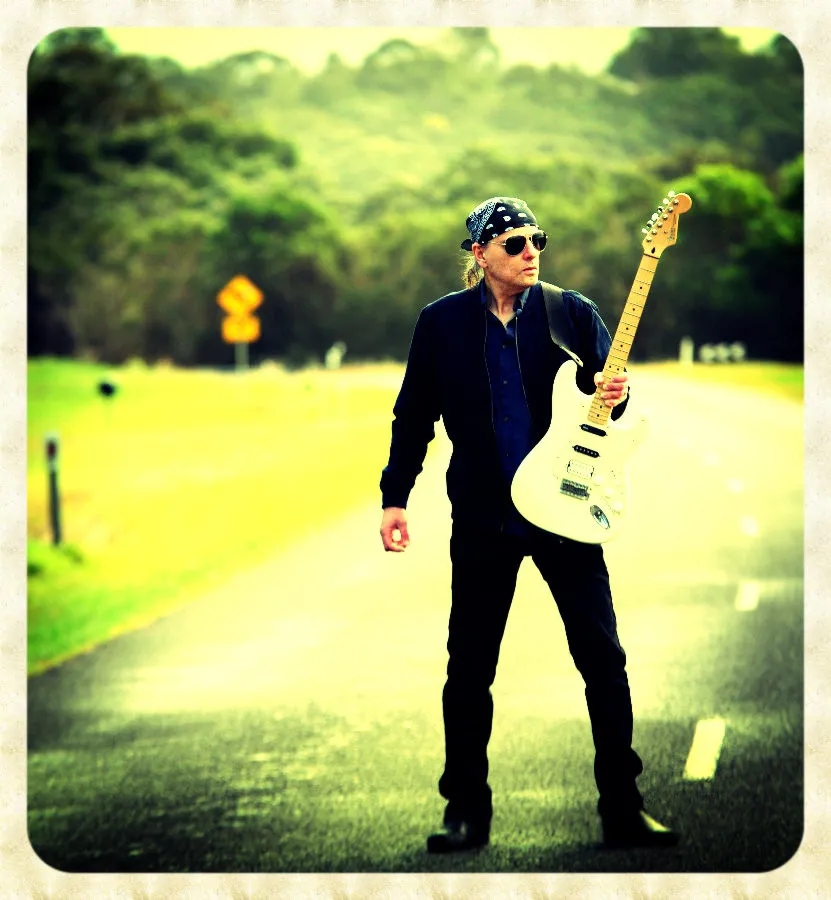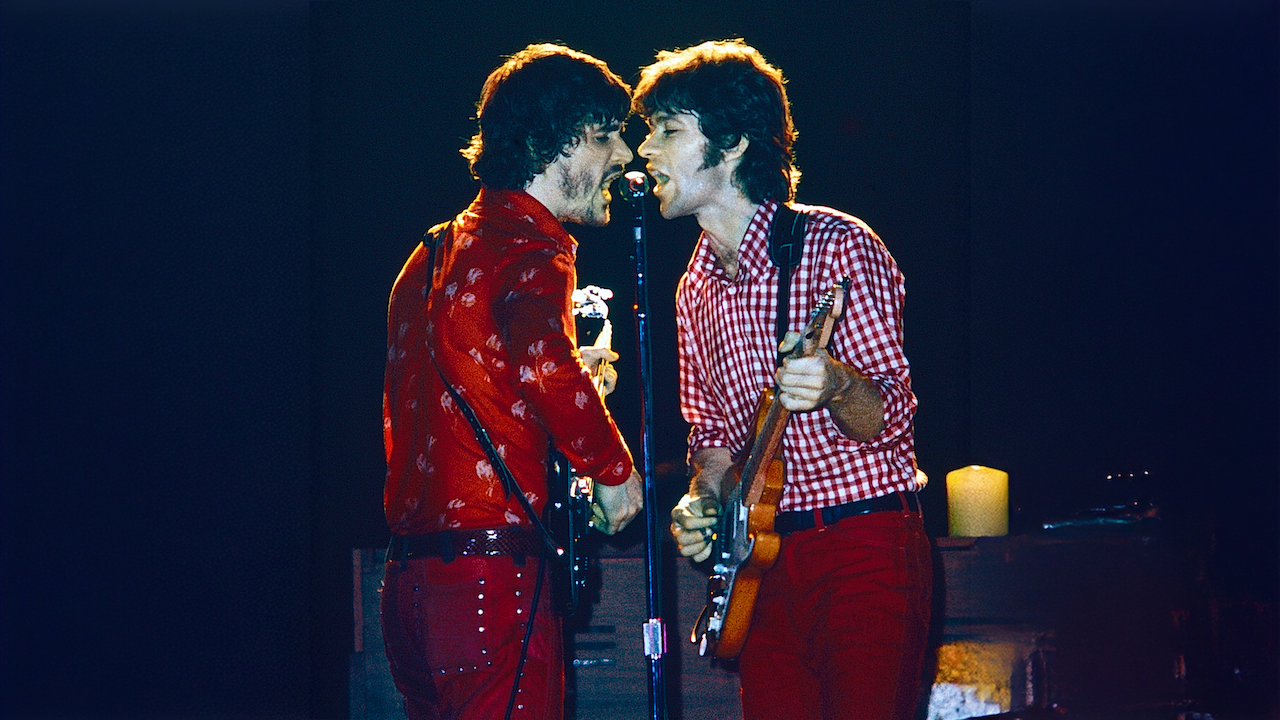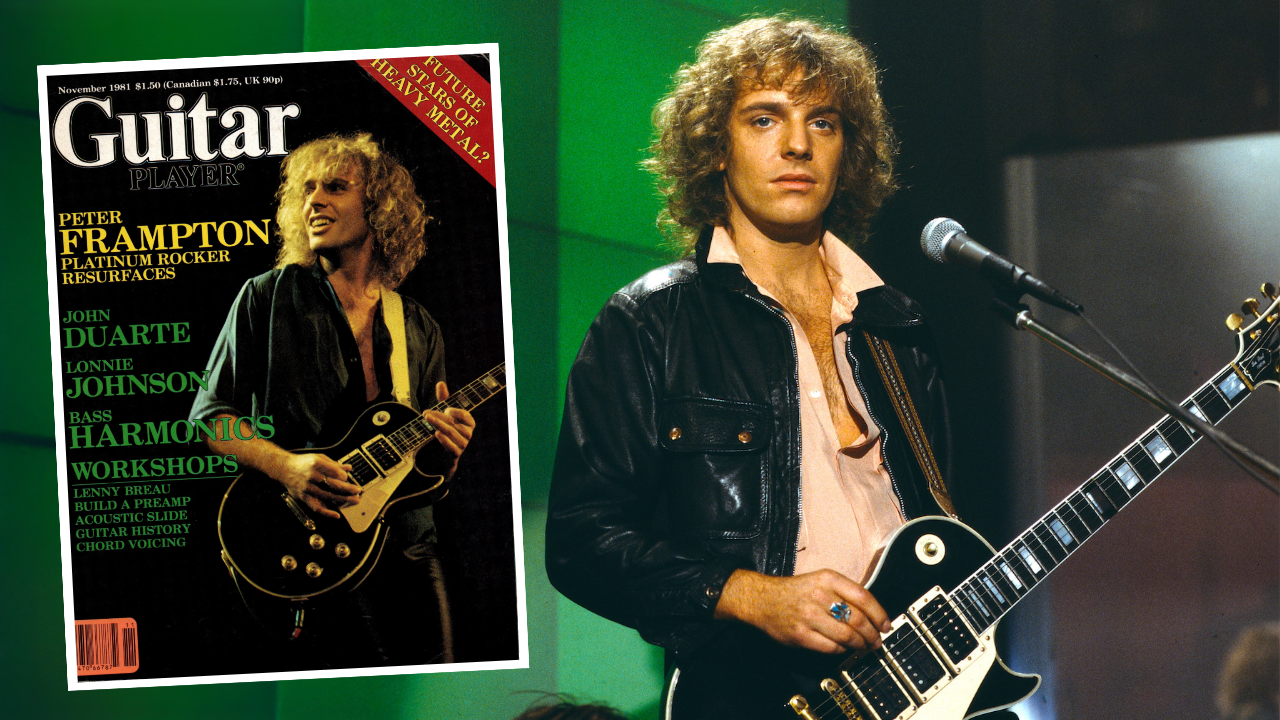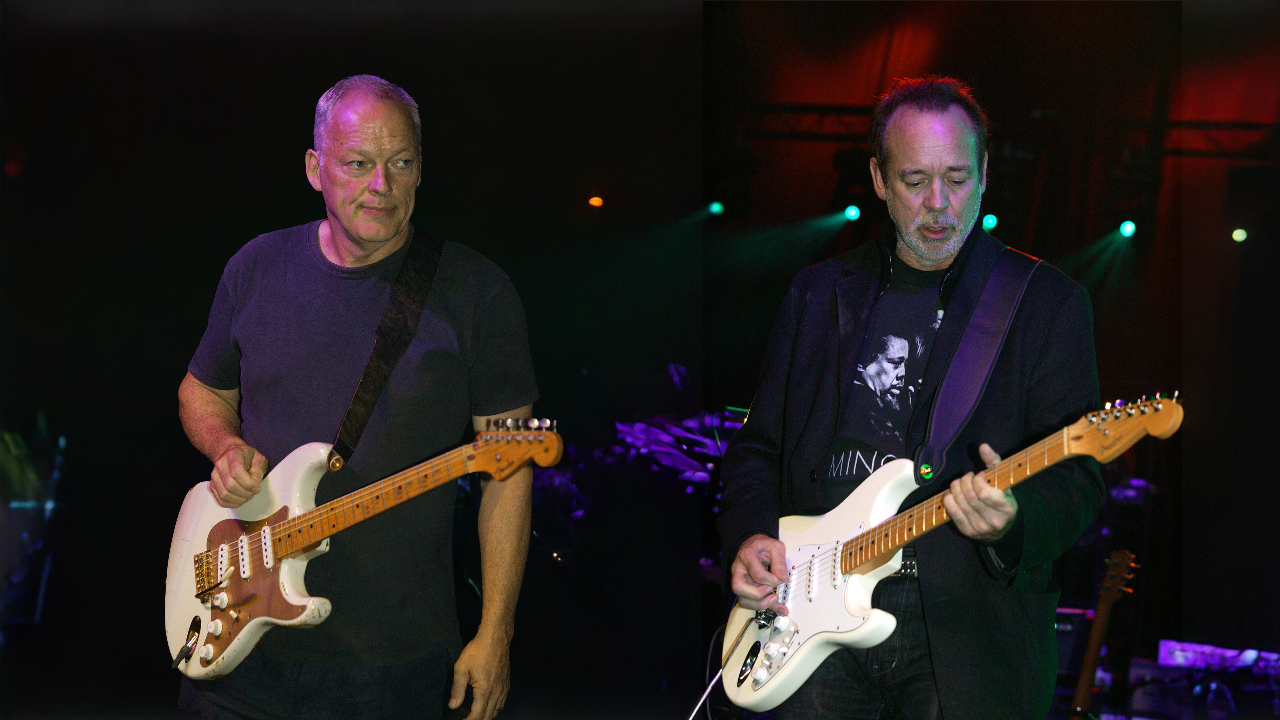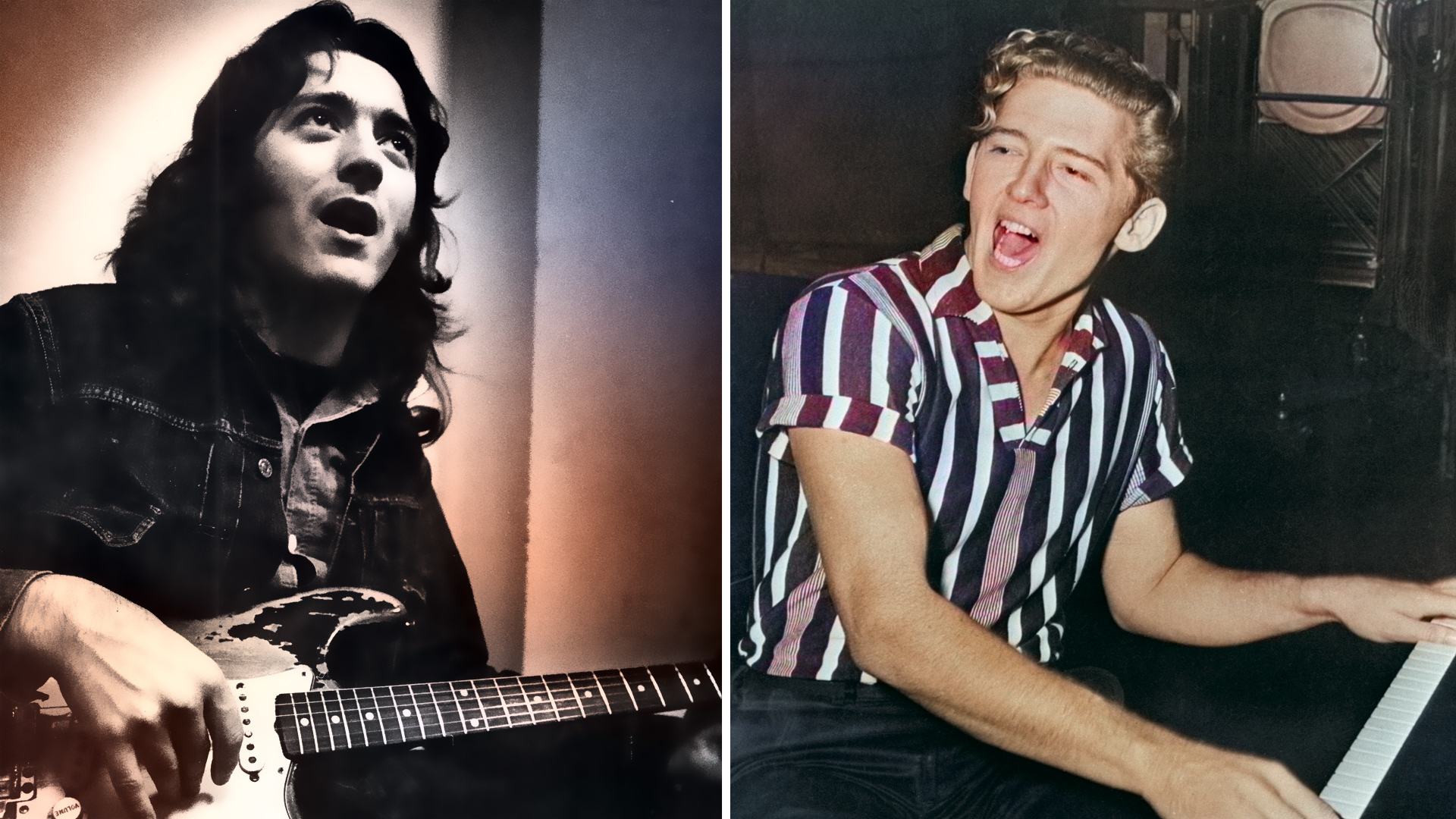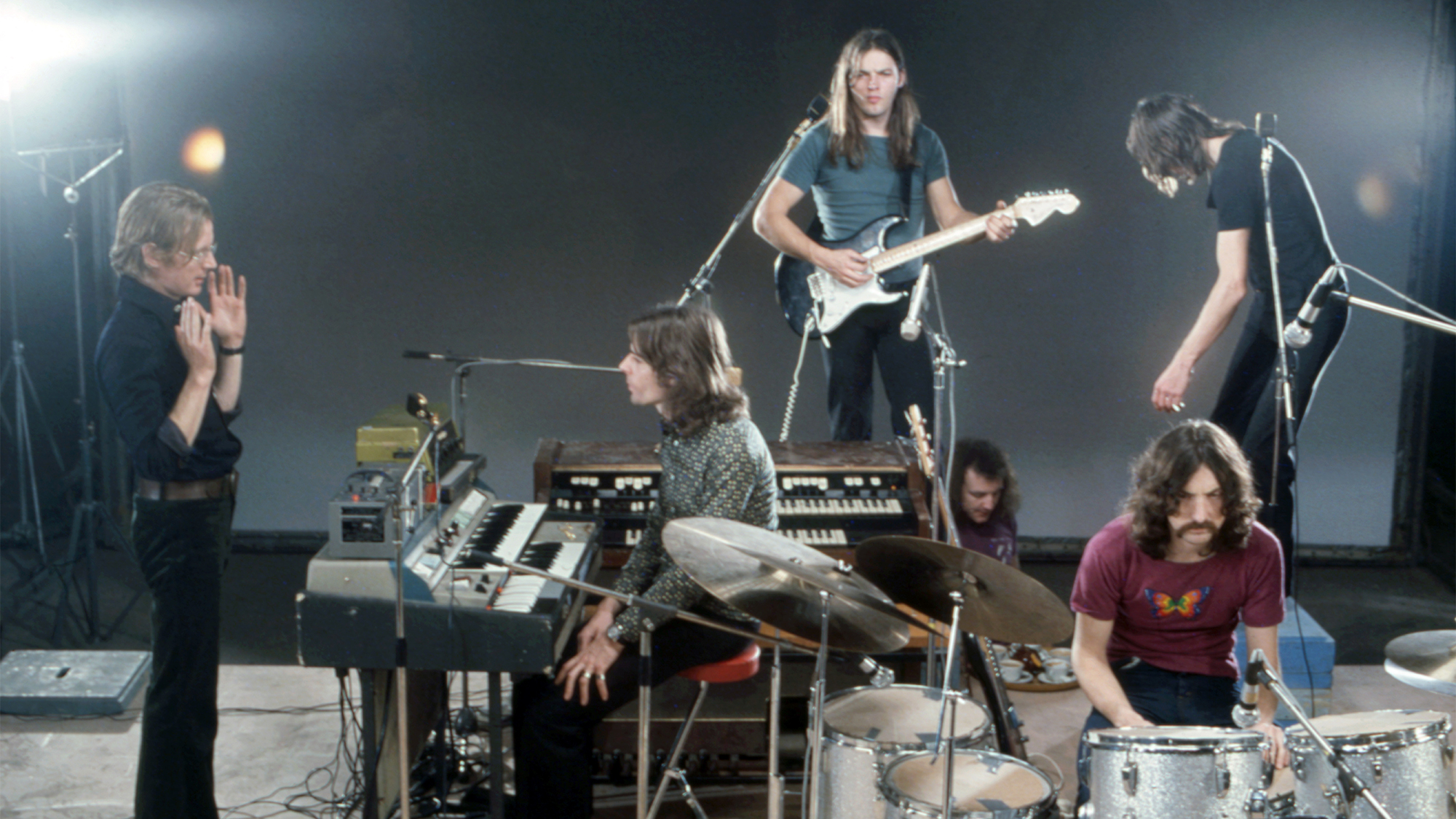“It's about the band. There’s a kind of confession in it…” How the fear, hope and sadness of a love affair mixed with secret band tensions helped Justin Hayward write the Moody Blues’ The Story in Your Eyes
Justin Hayward lifts the lid on the making of the Moody Blues’ immortal 1971 hit single The Story In Your Eyes
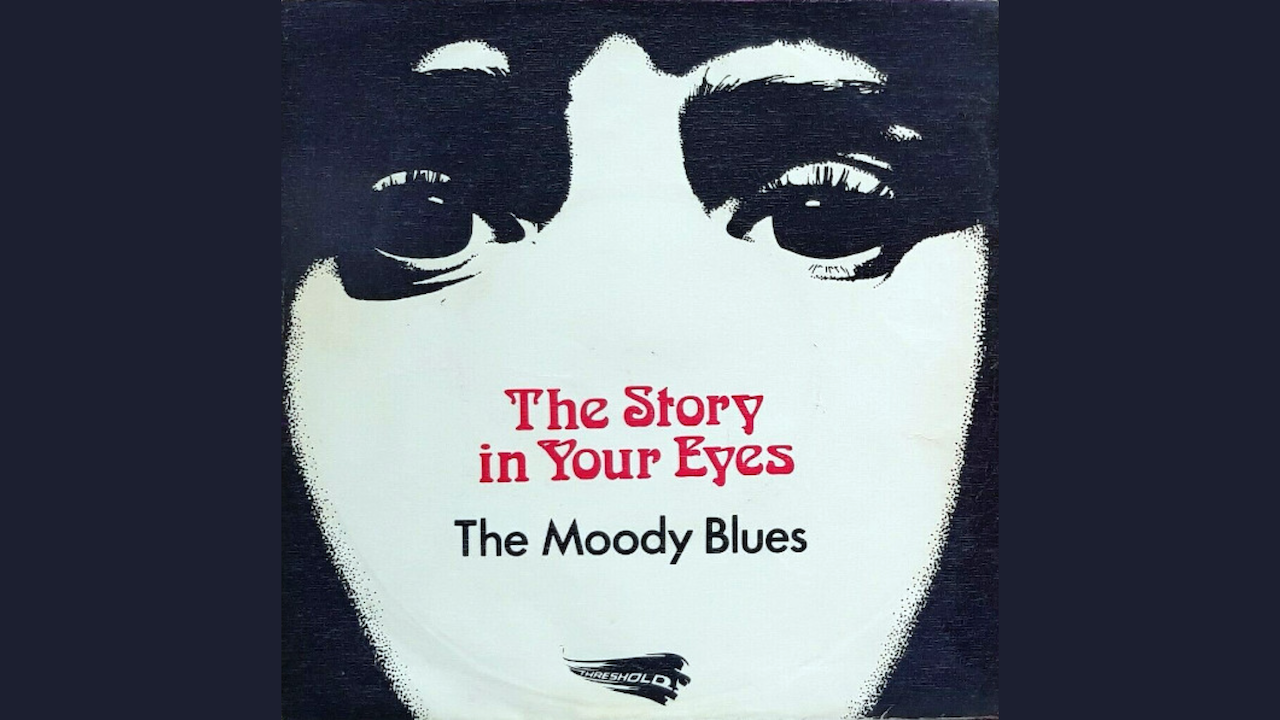
“The song just sprung out of my acoustic guitar one day while I was at home,” guitarist and vocalist Justin Hayward says about “The Story in Your Eyes,” the 1971 classic-rock tune by English legends the Moody Blues.
“I was just playing my Martin D-28 — I don’t know for certain if it’s from ’55 or ’57, but it’s been with me since 1969 — and the first thing that came to me was the middle-eight section. And from there, the rest of the song came together.”
“The Story in Your Eyes” would become a standout track from the group’s 1971 album, Every Good Boy Deserves Favour. The song marked a decided change for the Moody Blues, who had found fame as a progressive-rock act with albums like Days of Future Past and hit songs including “Nights in White Satin,” “Tuesday Afternoon” and “Questions.”
Hayward decided to take a more straight-ahead rock approach than he had previously explored within the group’s orchestral prog-rock format. “I deliberately saw it as a more harder-rocking song from the outset,” he affirms.
The song’s lyrical theme, while somewhat ambiguous, is also less mystical than the group’s previous efforts, with allusions to a relationship that endures, despite difficulty and strain. “It’s always about a love affair, isn’t it?” Hayward says with a laugh. “I wish I could tell you more, but some of that is private.”
Despite Hayward’s decision to take a more rock-forward approach, an early demo of the track emphasized keyboardist Mike Pinder’s Mellotron orchestrations.
“Only a couple of weeks before entering the studio, I had done a version of it with Mike at his place, with just me playing the guitar and him working out the piano part for the outro. Mike then did eight or 12 tracks of Mellotron, bouncing from one machine to another. And it only sounded good when he had done it and multitracked it.”
Even so, the Mellotron would be relegated to the background when tracking for the official release began in November 1970, as the group assembled at Decca Records’ Tollington Park studios in London.
“I first put the acoustic guitar down using the same Martin D-28, with myself and Graeme Edge on drums, and then worked on it from there,” Hayward recalls. “I also double-tracked the acoustic.
“When it came time for the electric guitar part, I used a Cherry Red 1963 [Gibson] ES-335 that I’ve had since 1968. The electric guitar that opens the song — including feedback that’s in tune to an A note — and goes all the way through the song is the ES-335 direct into the Normal channel of an AC30 Top Boost turned up full. In the solo and at the end, that’s the ES-335 again through a Marshall Reverb-Fuzz Unit.”
Released as a single in the United States in July 1971, “The Story in Your Eyes” climbed to number 23 on the Billboard chart and proved a popular cut on radio and in concert. The song’s opening guitar riff was a distinctively ear-catching sound for radio, but remarkably, Decca declined to issue it as a U.K. single.
True to Hayward’s intentions, “The Story in Your Eyes” helped the Moody Blues cut a more rock-oriented path, something they continued to follow on future hits like 1973’s “I’m Just a Singer (In a Rock and Roll Band).”
In more recent years, the song has been covered by artists as diverse as punk-rocker Stiv Bators, who cut his version in 1987, and the power-pop combo Fountains of Wayne, which tracked its take on the tune in 2011.
And while “The Story in Your Eyes” is a stellar example of both Hayward’s songcraft and the Moody Blues’ endurance as a hit-making group, as Hayward explains the song’s lyrics contain a clue to the band’s impending, if temporary, breakup, from 1974 to 1977, due to the strains of their increasingly larger and more difficult tours.
“Despite its personal nature, ‘The Story in Your Eyes’ is also kind of about the band,” Hayward reveals, citing the lyrics, “We’re part of the fire that is burning, and from the ashes we can build another day.” “There’s a kind of confession in it, as we were soon about to go through a rather awkward phase.”
For more information visit The Moody Blues website
Get The Pick Newsletter
All the latest guitar news, interviews, lessons, reviews, deals and more, direct to your inbox!
Joe Matera is an Italian-Australian guitarist and music journalist who has spent the past two decades interviewing a who's who of the rock and metal world and written for Guitar World, Total Guitar, Rolling Stone, Goldmine, Sound On Sound, Classic Rock, Metal Hammer and many others. He is also a recording and performing musician and solo artist who has toured Europe on a regular basis and released several well-received albums including instrumental guitar rock outings through various European labels. Roxy Music's Phil Manzanera has called him "a great guitarist who knows what an electric guitar should sound like and plays a fluid pleasing style of rock." He's the author of two books, Backstage Pass; The Grit and the Glamour and Louder Than Words: Beyond the Backstage Pass.


